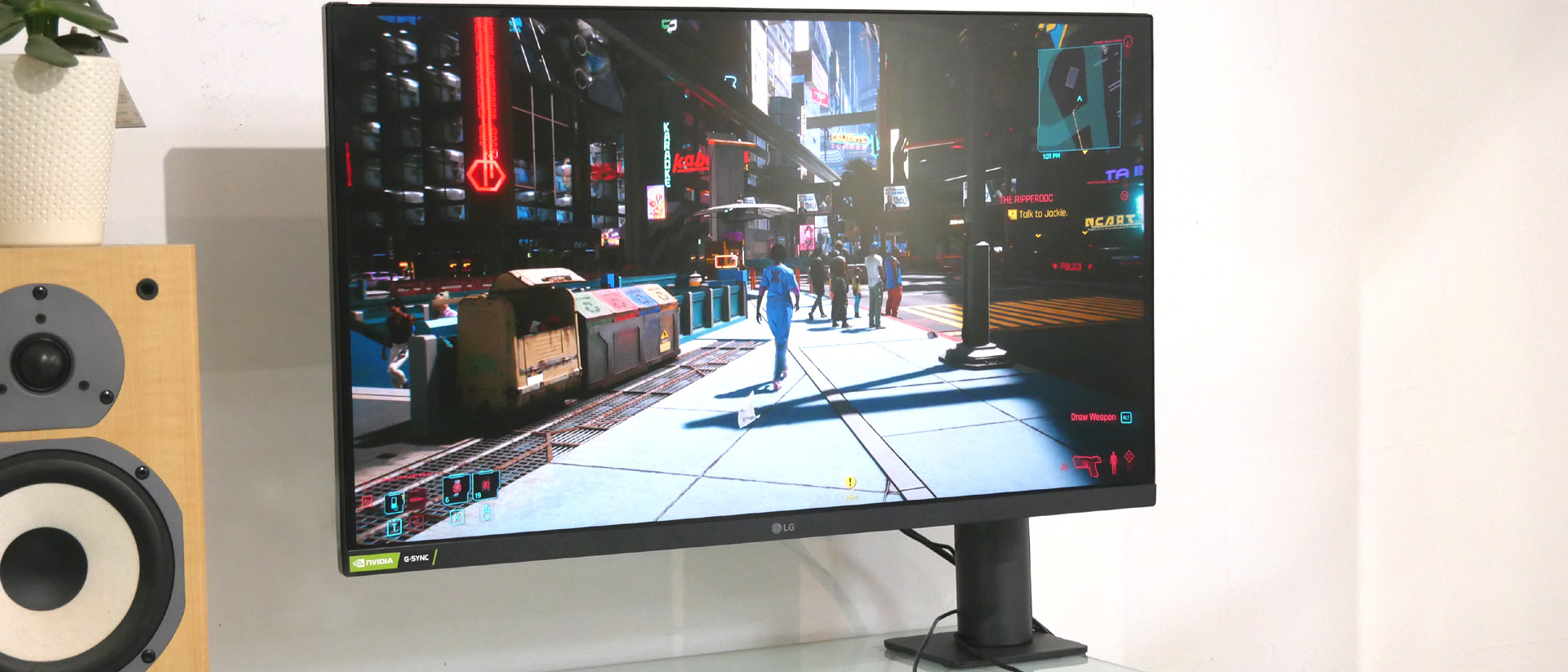TechRadar Verdict
Is a gaming monitor with an ergonomic mount and extended colour coverage a niche proposition? Yes – but if it ticks your boxes, then there’s nothing quite like it.
Pros
- +
Nice 1440p 144Hz IPS panel
- +
Excellent response
- +
Highly adaptable ergo mount
Cons
- -
No USB-C
- -
Limited colour space presets
- -
Not a true HDR panel
Why you can trust TechRadar
Two-minute review
Ultimately, the LG UltraGear Ergo 27GN88A is probably a monitor you never knew you needed. But take it for a spin and you might well be convinced. We just wish it included USB-C connectivity to sweeten its long-term appeal.
If you thought you’d seen it all before, the new LG UltraGear Ergo 27GN88A gaming monitor would care for a word. This 27-inch IPS model takes the popular 1440p 144Hz gaming formula and adds a productivity twist. At what cost? Around £398 in the UK or AU$680. The LG UltraGear Ergo 27GN88A isn’t available in the US, but you can pick up the very similar LG 27GN880-B for $397.
That’s cheaper than the admittedly higher refresh rate Samsung G7, but more expensive than the LG Class UltraGear 27GL850-B, which lacks the ergo arm but is otherwise comparable.
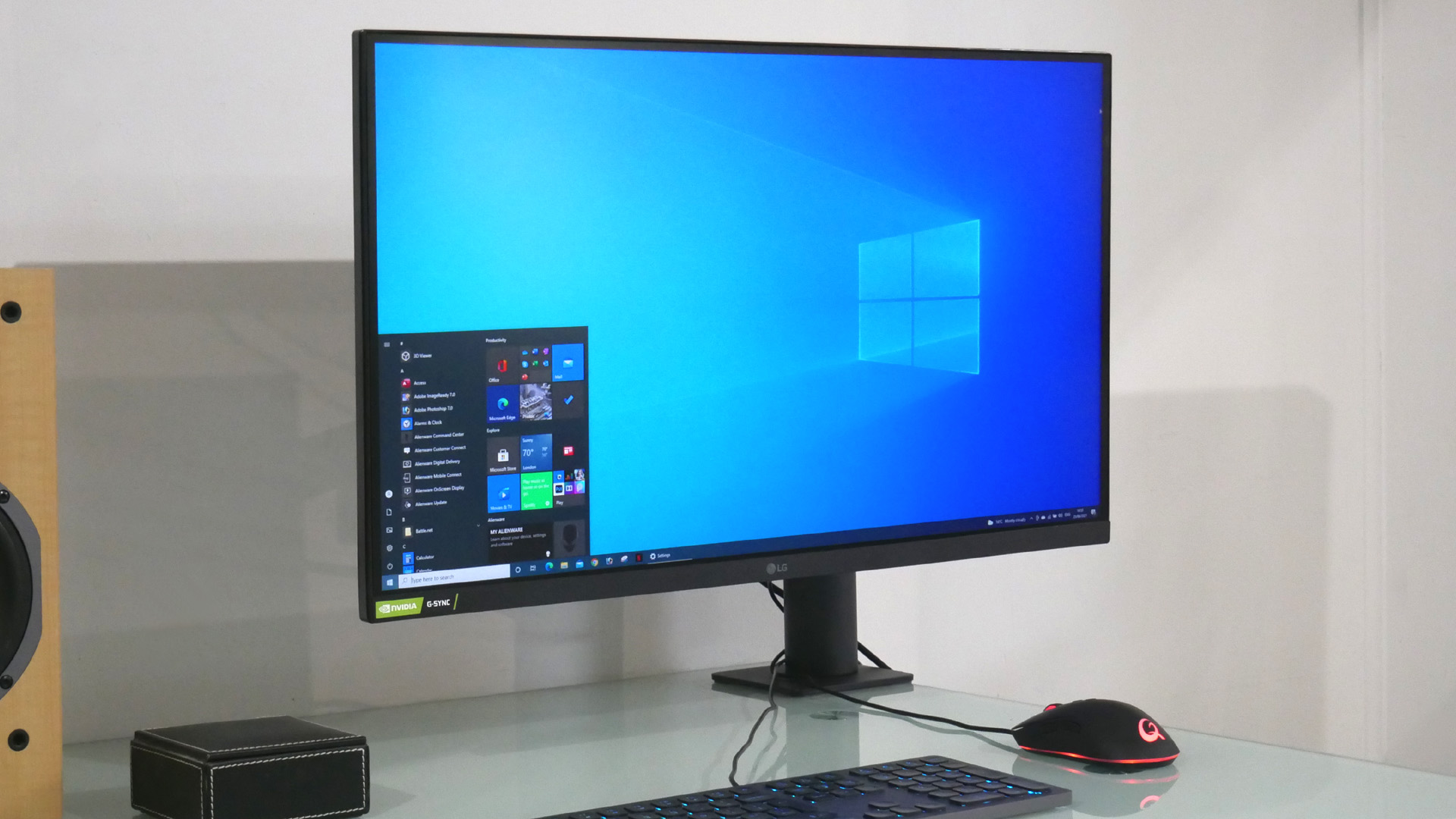
The LG UltraGear Ergo 27GN88A sports an ergonomic stand that clamps to surfaces and table tops, offering a very wide range of articulation. It also comes with 98% coverage of the DCI-P3 colour space, which is more than that offered by conventional gaming panels.
Speaking of the gaming feature set, the 144Hz refresh rate 1440p LG Nano IPS panel is rated at 1ms for pixel response. That’s 1ms gray-to-gray response, not the more problematical MPRT metric. LG reckons it’s comparable with the best TN panels for sheer speed. We’ll see about that. There’s also HDR10 signal decoding (although limited actual HDR performance), while both AMD FreeSync and Nvidia G-Sync adaptive refresh are supported.
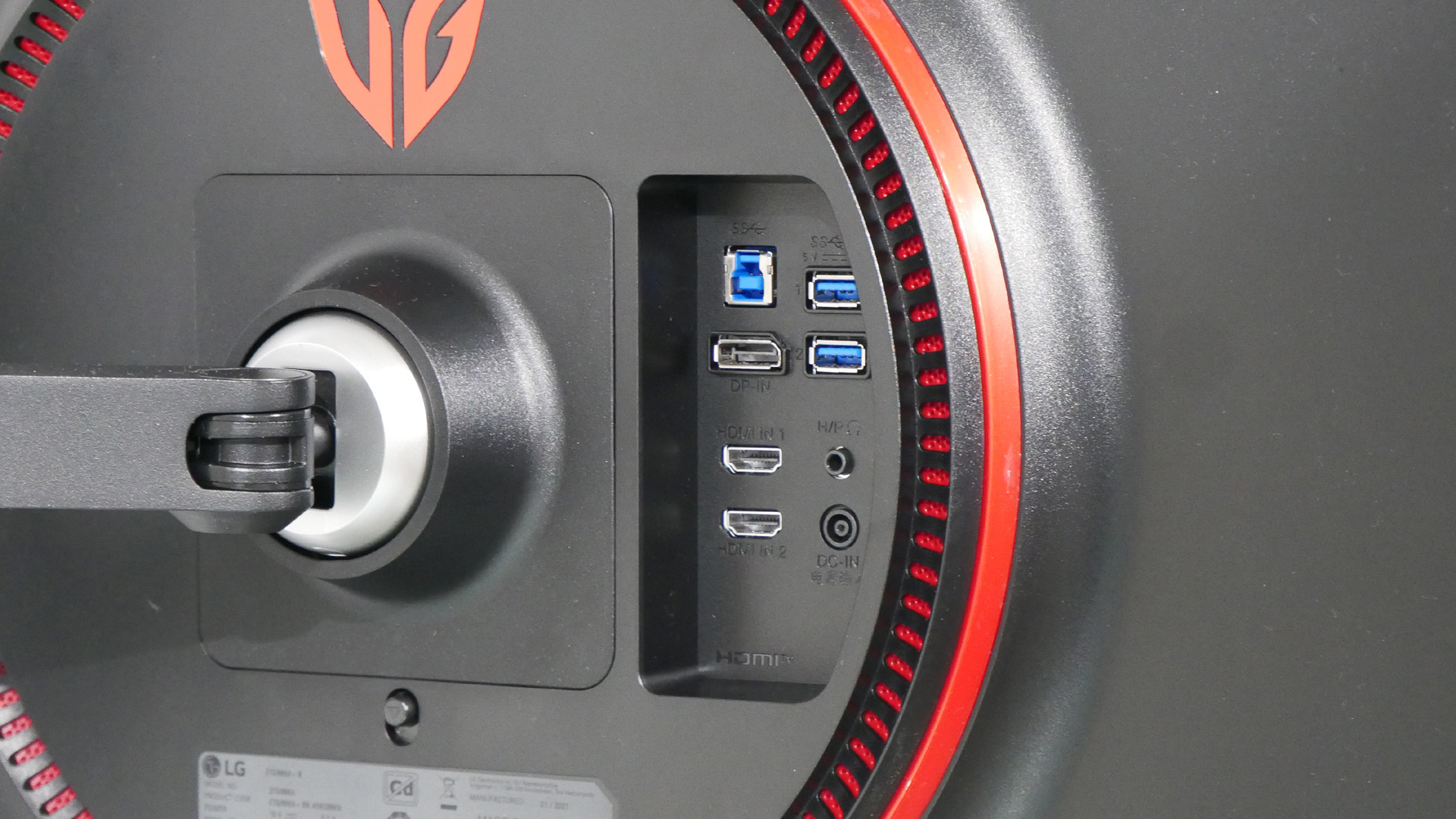
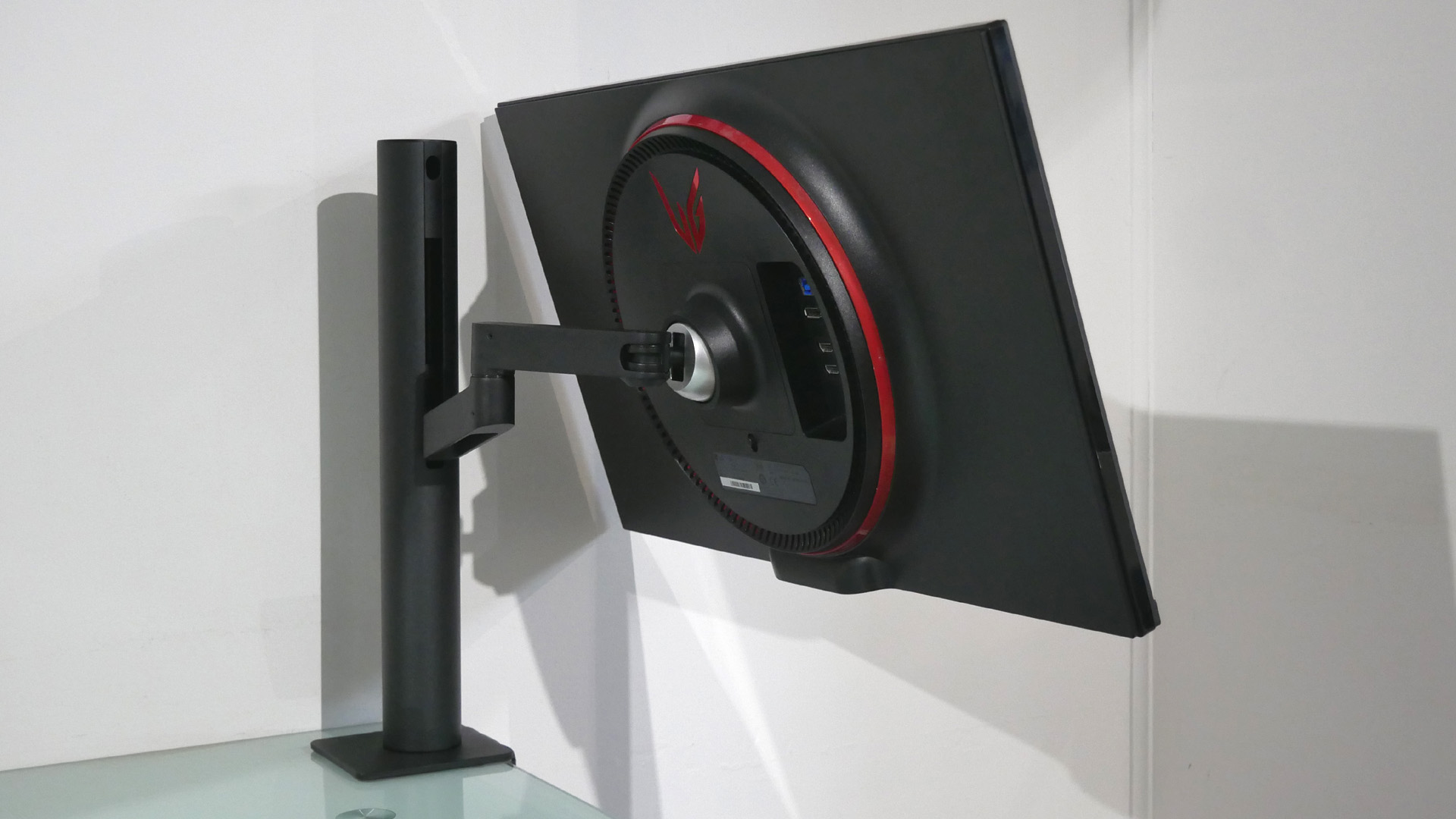
As for what the LG UltraGear Ergo 27GN88A doesn’t have, USB-C is conspicuous by its absence. This is a pity given that this is a monitor that majors on clean ergonomics, in part thanks to clever cable management that routes through the body of the stand. It’s also missing colour space presets for productivity, with sRGB the only pre-baked option. Given the DCI-P3 coverage, it will likely calibrate well. But some users would appreciate more presets.
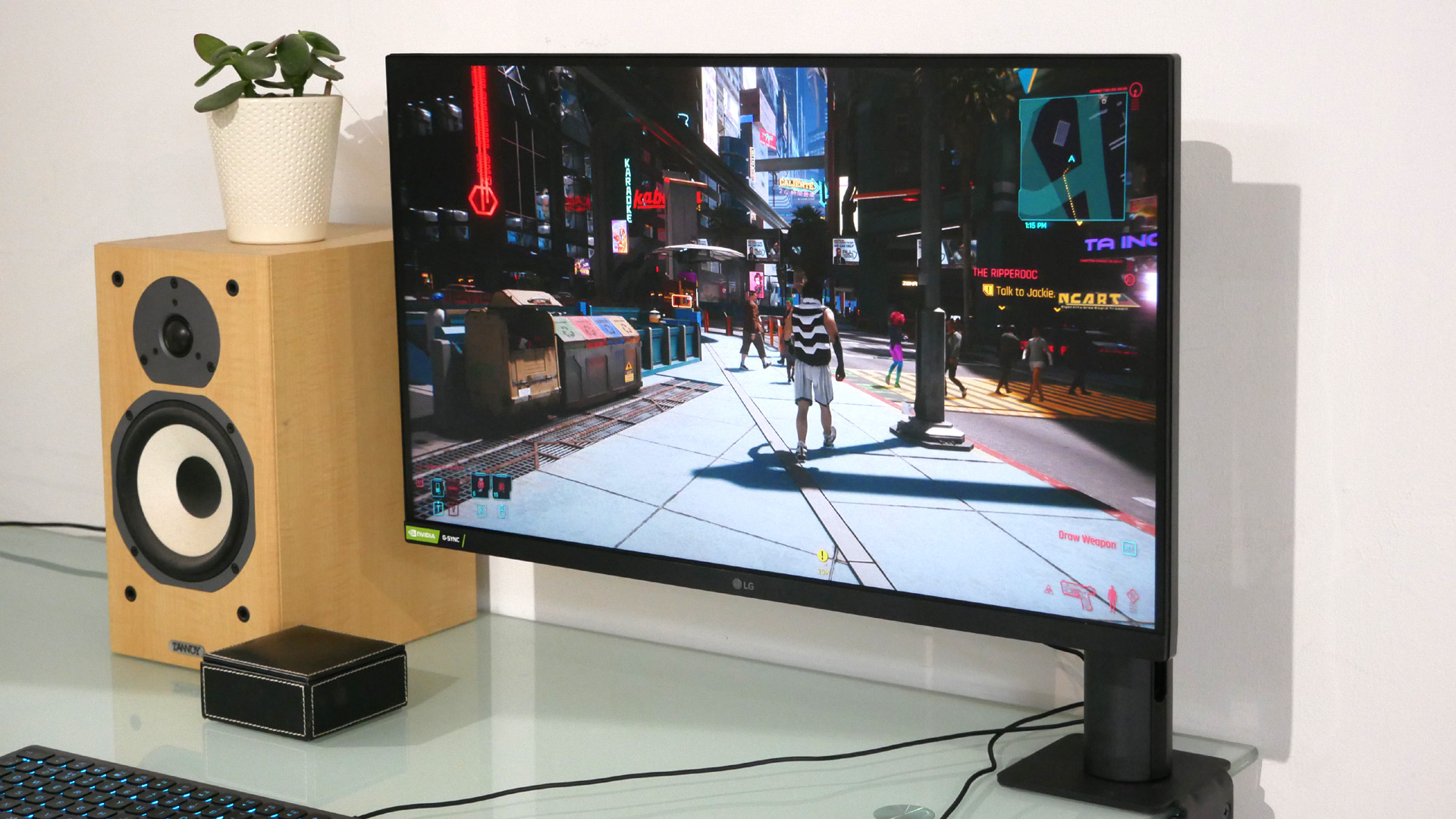
But what about gaming? Rated at 350 nits, this isn’t the punchiest display – not in this era of eye-searing HDR panels. Nevertheless, it has enough juice for SDR gaming. More importantly, the pixel response is great. Three levels of pixel overdrive have been included in the LG UltraGear Ergo 27GN88A’s OSD menu.
Sign up for breaking news, reviews, opinion, top tech deals, and more.
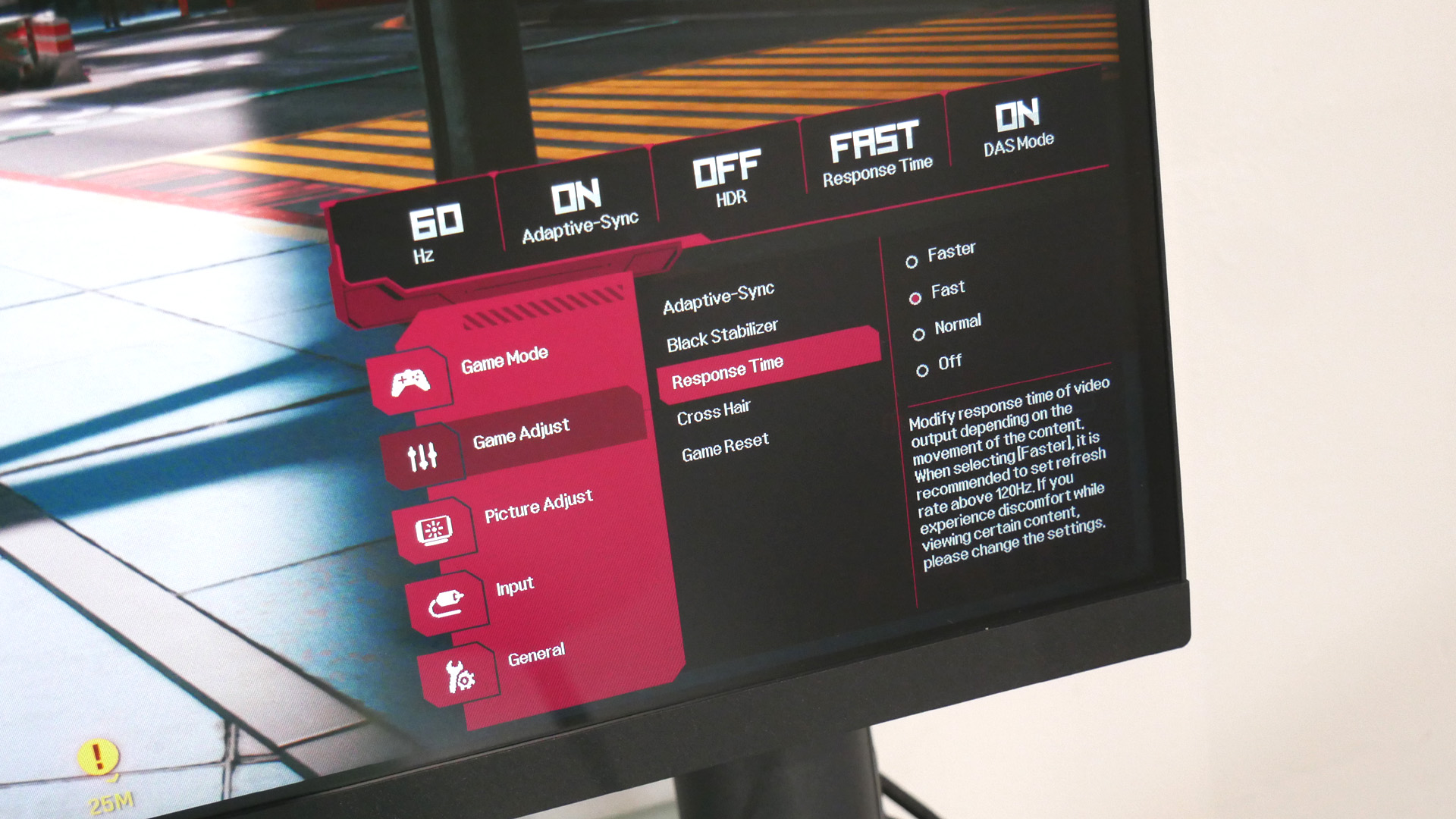

Forget the fastest setting; it comes with unspeakable levels of hideous overshoot. However, the middle setting is perfect. It’s seriously nippy, lending games those crisp, clear visuals indicative of a super-fast panel. Is it up there with the very best TN screens for speed? Not quite, but it comes very, very close.
Elsewhere, the 144Hz refresh rate is a good fit with the 1440p native resolution, especially in the current context where new high-end graphics cards cost about the same as a private Caribbean island. We’re also pleasantly surprised by the LG UltraGear Ergo 27GN88A’s HDR performance.
Okay, so this panel isn't bright enough to deliver true HDR performance and it lacks local dimming. But HDR content looks better than the same content coded in SDR, which isn’t always the case. What’s more, SDR content looks just dandy when HDR is enabled in Windows. So it’s actually viable to leave HDR enabled on the desktop. That's unusual.
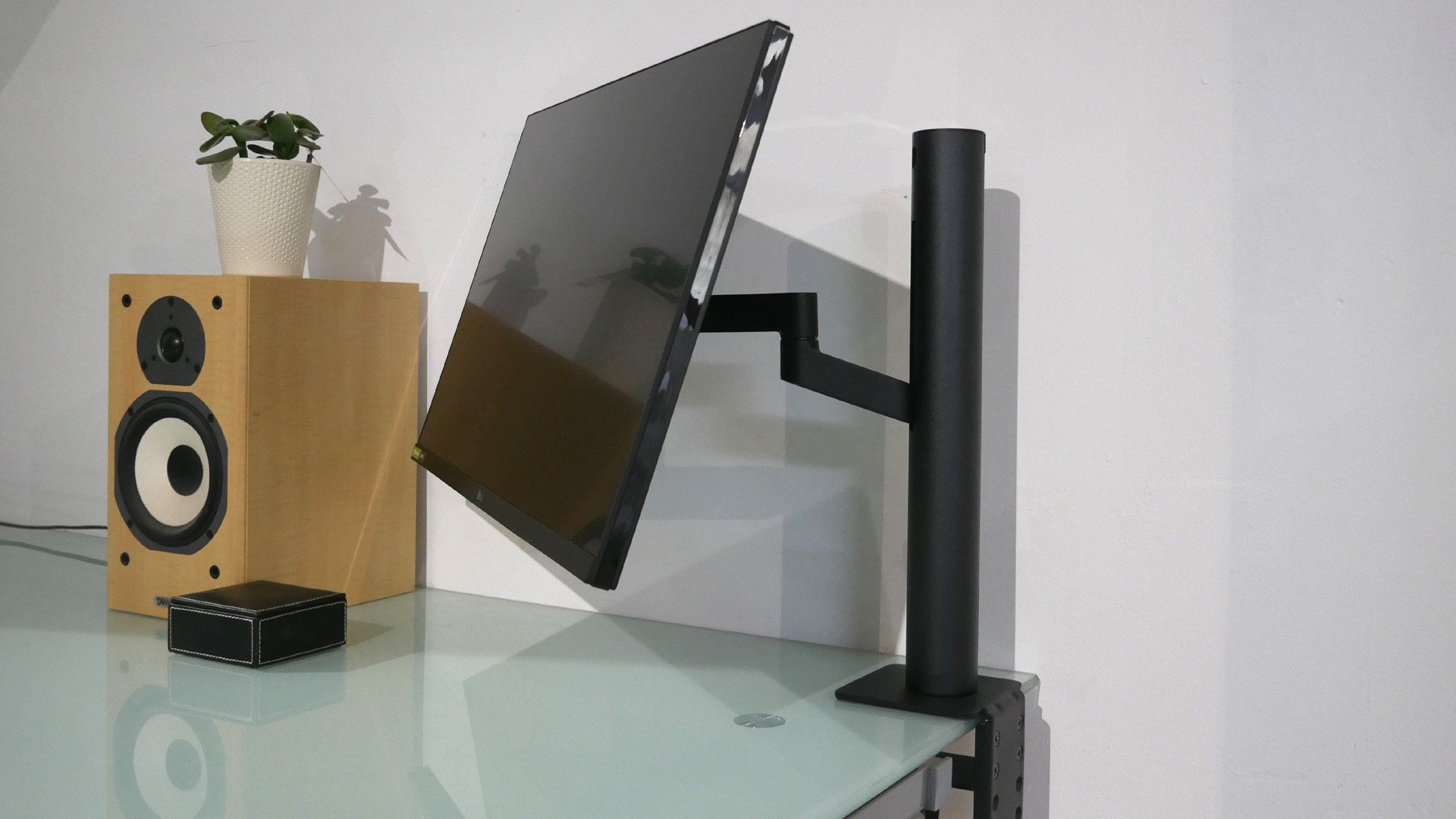
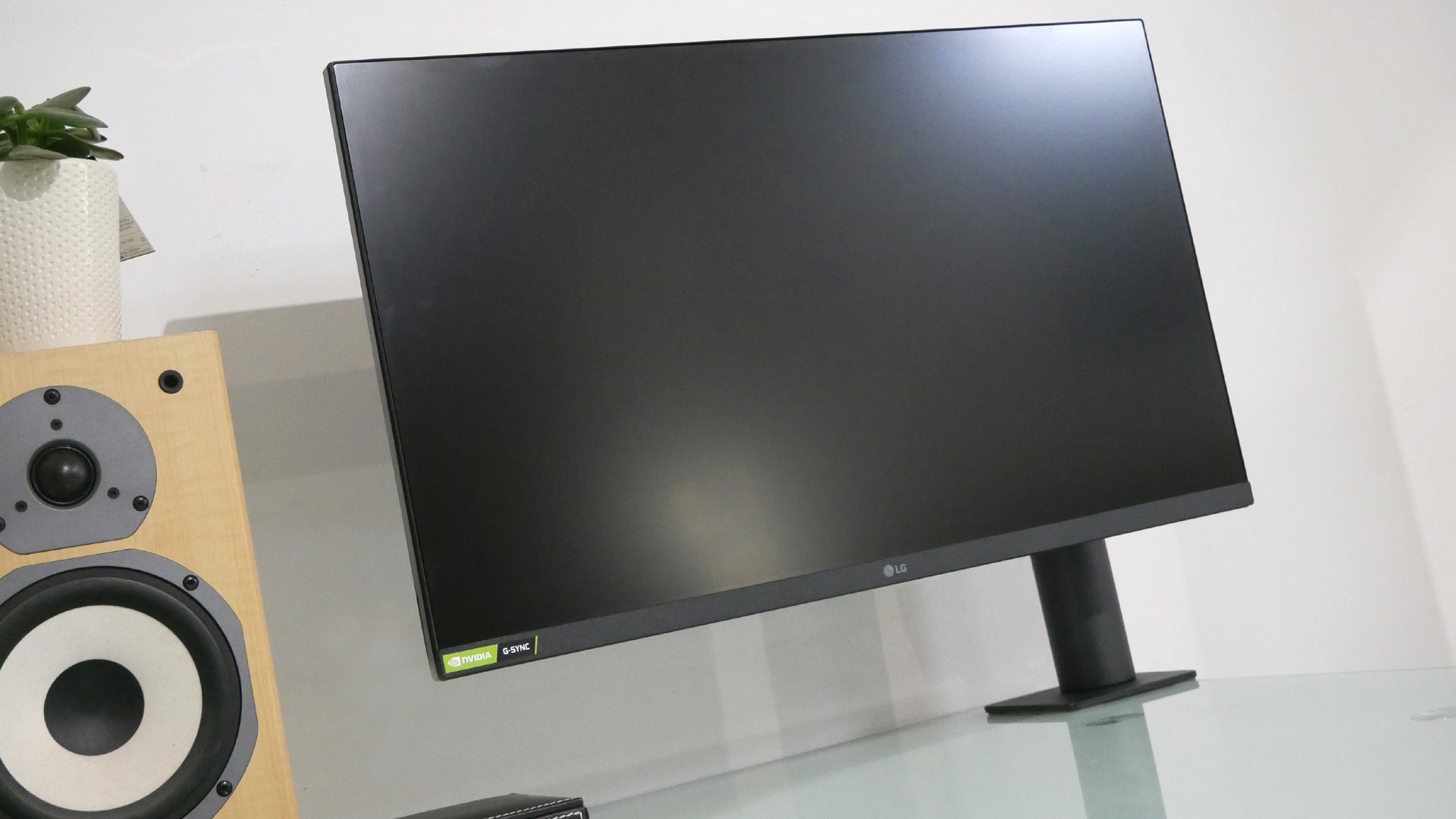
As for that ‘ergo’ stand, it will clamp onto any surface up to 3.5 inches thick, offers 280 degrees of swivel, 18cm of extension / retraction, plus it can pivot into portrait mode. Nice.
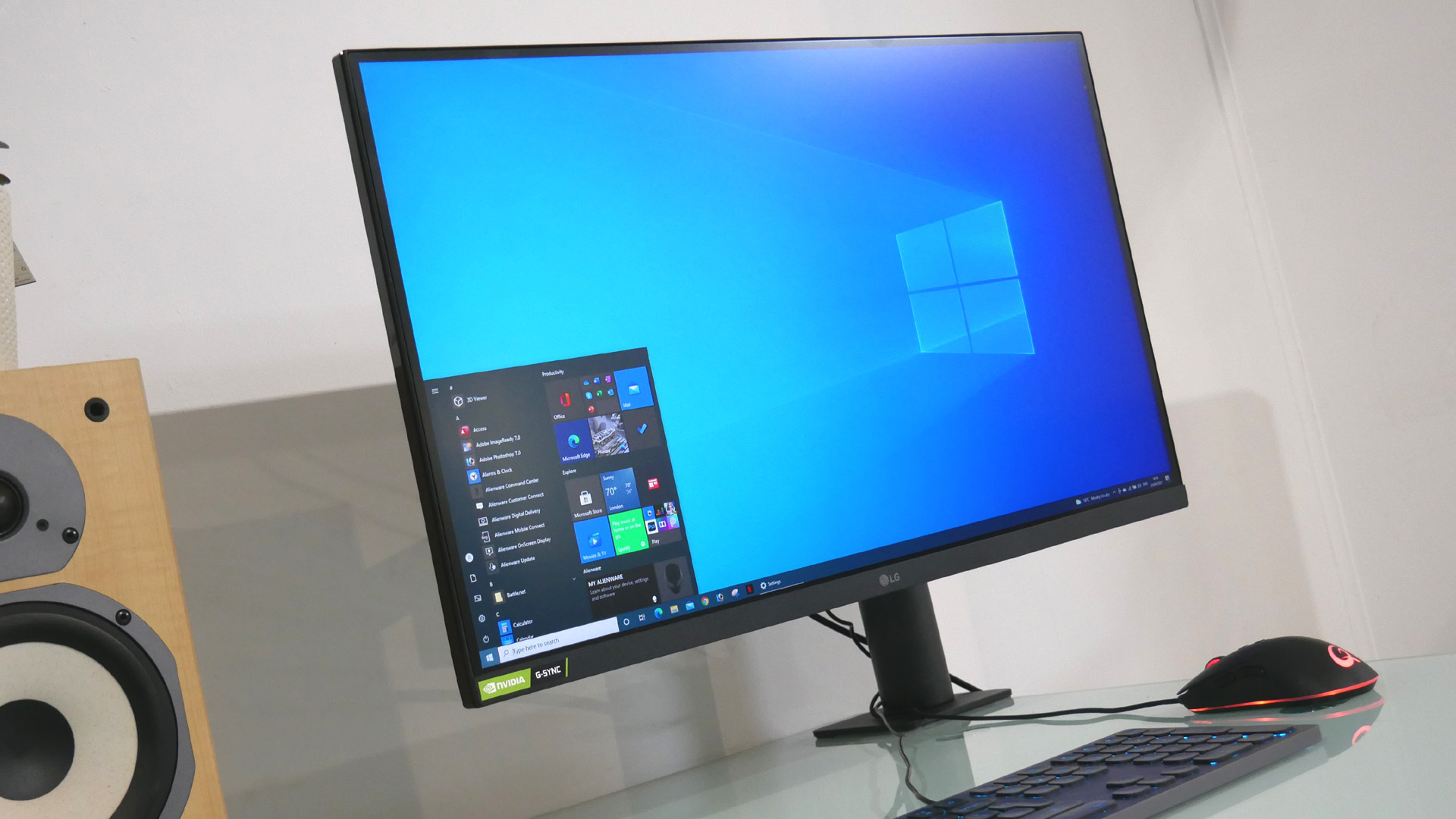
Buy it if…
You want a fast 1440p gaming panel with a productivity twist
The LG UltraGear Ergo 27GN88A comes with 98% coverage of the DCI-P3 gamut and functional HDR10 decoding.
You value top-notch ergonomics
This monitor's stand will clamp on to a wide range of surfaces and offers both extensive adjustability and clever cable management.
Your core demand is great gaming performance
The LG UltraGear Ergo 27GN88A is a quality IPS panel, including excellent pixel response, a 144Hz refresh rate and support for both AMD and Nvidia’s adaptive sync technologies.
Don't buy it if...
You want USB Type-C connectivity
Sadly, the LG UltraGear Ergo 27GN88A is missing this connection, which is a pity on a panel that majors on ergonomics and good cable management.
Your workflows will benefit from multiple colour space presets
The LG UltraGear Ergo 27GN88A only offers sRGB, despite being capable of broad coverage of DCI-P3.
You don’t care about content creation
That – and you don’t need the ergonomic stand. You’d be better off with an out-and-out gaming panel that offers similar specs for a bit less cash.
Technology and cars. Increasingly the twain shall meet. Which is handy, because Jeremy (Twitter) is addicted to both. Long-time tech journalist, former editor of iCar magazine and incumbent car guru for T3 magazine, Jeremy reckons in-car technology is about to go thermonuclear. No, not exploding cars. That would be silly. And dangerous. But rather an explosive period of unprecedented innovation. Enjoy the ride.
